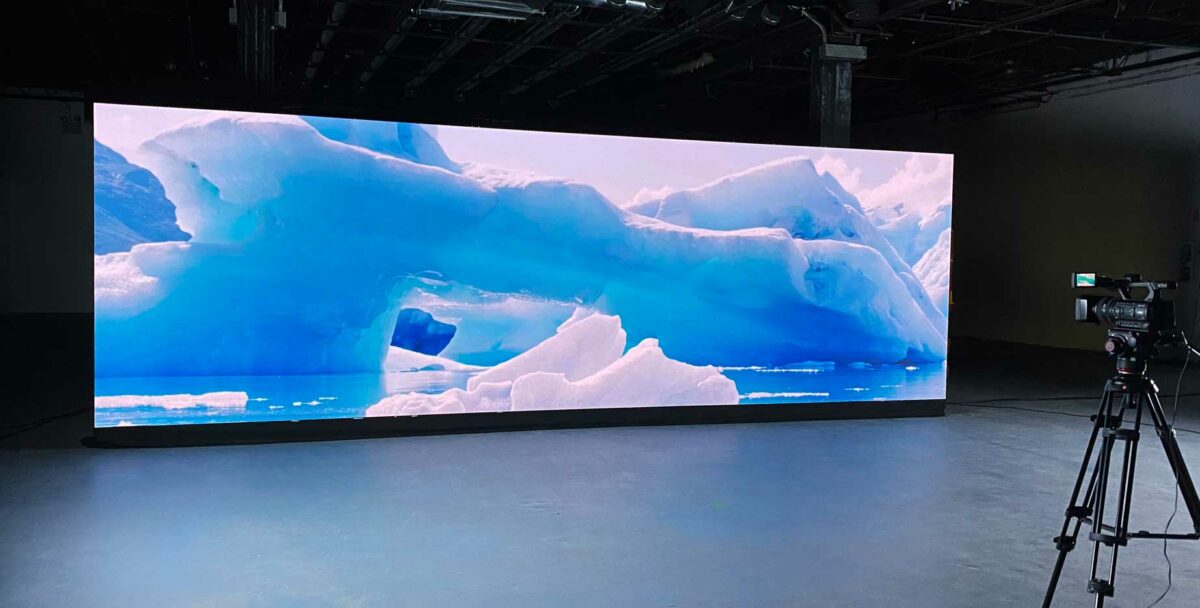Investigating the Durability of LED Wall Panels in Contrast to Traditional Display Methods
Investigating the Durability of LED Wall Panels in Contrast to Traditional Display Methods
Blog Article
LED panel panels have grown progressively popular in recent times, particularly in environments like educational institutions, corporate spaces, and public spaces. These screens use LED lights (LEDs) to create bright and vibrant visuals. One of the most notable advantages of LED technology is its longevity in contrast to conventional screen technologies, such as CRT ray tubes (CRTs) and liquid display screens. Understanding the differences in lifespan and performance between these options can assist buyers make informed decisions about their display requirements.
Classic display technologies, like CRTs, have been present for many decades. They were frequently used in televisions and PC monitors. However, CRTs have a shorter duration, typically lasting approximately 10,000 to 20,000 hrs of use. This means that after a couple years, users may notice a deterioration in picture clarity, such as fading or color deformation. In comparison, LED wall screens can last considerably longer, often exceeding 50,000 hrs. This prolonged lifespan means that users can enjoy consistent performance without the requirement for regular replacements.
Another crucial aspect to consider is energy conservation. LED wall panels consume less energy than conventional displays, which not only helps the environment but also reduces electricity costs. For instance, while a CRT screen may use around 100 W of energy, an LED panel can consume as few as 30 to 50 watts. This difference in power usage contributes to the total longevity of LED innovation, as reduced power usage generates minimal thermal energy. Excessive heat can damage electrical parts, leading to a reduced lifespan for traditional screens.
In addition to their longer duration and power conservation, LED panel screens also provide enhanced image clarity. They offer brighter hues and improved contrast, making them perfect for multiple applications, from advertising to learning presentations. The innovation behind LED screens enables for a wider viewing angle, meaning that visuals stay sharp and vibrant even when seen from the flank. This is a major benefit over traditional displays, which often suffer from hue deformation and diminished brightness at broader angles.
In conclusion, the longevity of LED panel screens compared to traditional display technologies is a key factor for buyers to consider. With lifespans that can exceed 50,000 hours, read this energy conservation, and enhanced image clarity, LED innovation provides many advantages. As technology continues to advance, LED wall screens are probably to become even more common in multiple settings. Understanding these distinctions can help individuals and organizations make better decisions when purchasing in display innovation, ensuring they receive the optimal value for their requirements.